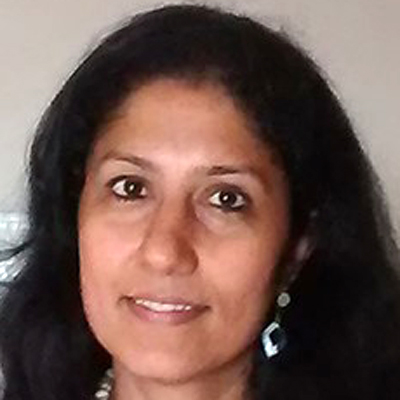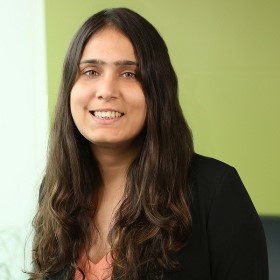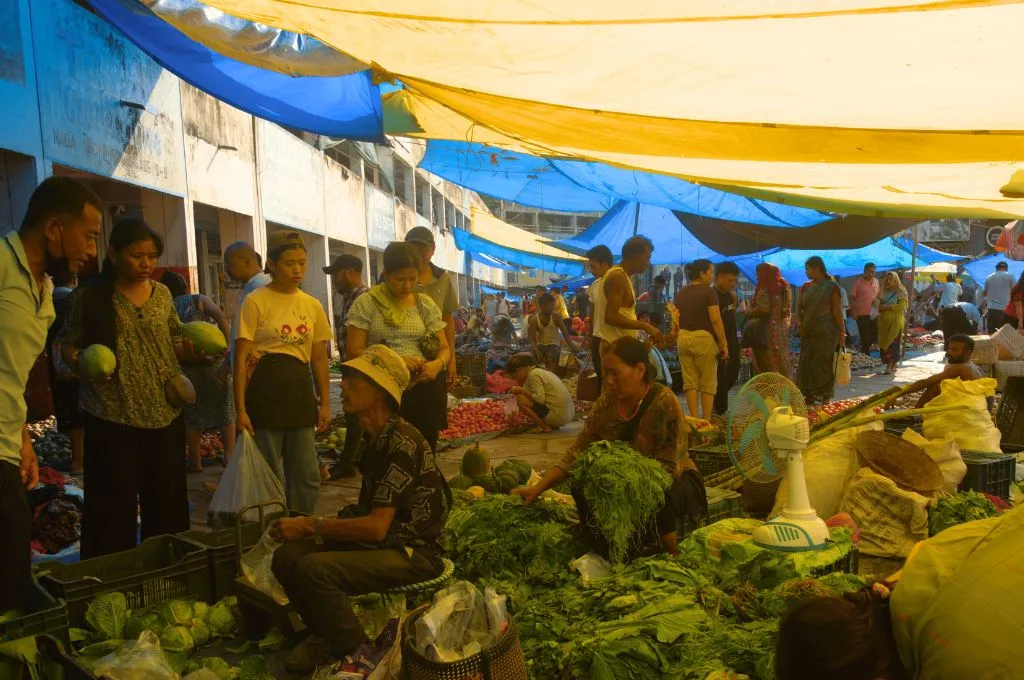As the COVID-19 pandemic continues to surge in India, the disease has disproportionately spread through the urban slums, where one in four urban Indians live. Indeed, by late June, 96 percent of Mumbai’s COVID-19 containment zones were in slums, home to more than 12 million people. Thus, controlling the spread of the disease in slums is critical to the nation’s pandemic response. And to do that, communities need to be actively engaged. The government—which is leading India’s COVID-19 efforts—acknowledges this in its policies, including the National Health Policy 2017 and the Disaster Management Act 2005.
In a new study from The Bridgespan Group, we explore how the pandemic response strategy has unfolded through different community engagement models in Mumbai’s major slums, where densely populated settlements suffer from poor living conditions, including inconsistent access to water and sanitation. Our research included nearly 50 interviews with community leaders, nonprofits, government officials, philanthropic organisations, and other experts involved in India’s pandemic response in slums, focusing on Dharavi, Govandi, Shivaji Nagar, Malvani, and the Kurla belt, as well as other non-notified slums in Mumbai such as Ambujwadi, Ambedkar Nagar, and Appa Pada.
Related article: Fighting COVID-19 in cities
Three community engagement models best describe how communities are participating in the response
- Communities as recipients: In this model—which was the most common across slums as COVID-19 took hold in India—communities receive food, healthcare, and other essential services from the government and nonprofits. It falls primarily upon external stakeholders to assess community needs, design and implement solutions, and account for results. This model was effective for delivering immediate aid, but is disempowering and less sustainable over time.
- Communities as partners: Under this approach, community members actively participate with governments and nonprofits in prioritising their needs, developing solutions, and supporting implementation. Implementing this model has been challenging during the lockdown because of restrictions on community interactions and on movement of external supplies.
- Communities as owners: Here, communities identify their own needs, design and implement solutions largely independently, and seek external support only to cover gaps in local resources or expertise. This is the most likely model to build lasting community resilience—the capacity to withstand and recover from external shocks and stresses. However, it is uncommon even in normal times, and was present only in a few slum communities, such as Dharavi, Govandi, and Malvani.
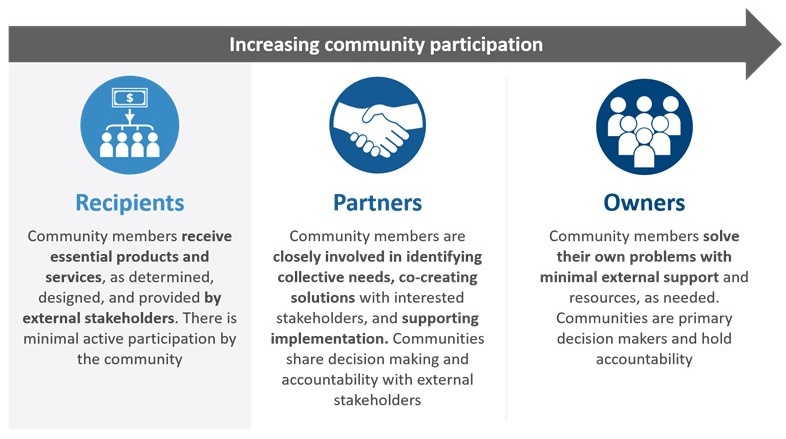
Source: The Bridgespan Group
Lessons on community engagement
Our research revealed several lessons that could inform policy and action for crisis response in resource-poor settings, strengthen primary health systems in urban slums, and more generally, build local slum communities’ resilience to shocks such as the pandemic.
The legal, political, and physical qualities of a slum, as well as the social capital of its residents, determine a community’s vulnerability to the pandemic and the extent of its engagement. Notified slums such as Dharavi house largely permanent settlements, where many residents own their homes and have strong formal and informal networks within the community. The Brihanmumbai Municipal Corporation (BMC) and nonprofits such as the Society for Nutrition, Health, and Education Action (SNEHA) are partnering with community volunteers and leaders in Dharavi to assist residents with essential public services, financial support, and COVID-19 health services. Also, Dharavi’s relatively better infrastructure—in terms of water and health facilities—and its political capital enabled its communities to collectively tackle the pandemic.
During the COVID-19 pandemic, economically thriving and engaged slum communities, such as parts of Dharavi, have become recipients of food, basic services, and psycho-social support. On the other hand, some slum leaders and residents in Dharavi also took proactive and lead roles in supporting the BMC with health screenings, contact tracing, and sharing COVID-19 prevention measures in communities. We found a high degree of flux in community roles and engagement models; strong communities may slip into becoming recipients, or alternatively step up to innovate and lead local response initiatives. For example, slum residents in Khairani Road rely on Aajeevika Bureau and Youth for Unity and Voluntary Action (YUVA) for food relief, but in Tilak Nagar, community volunteers collaborate directly with local grocery stores to distribute food in nearby slums.
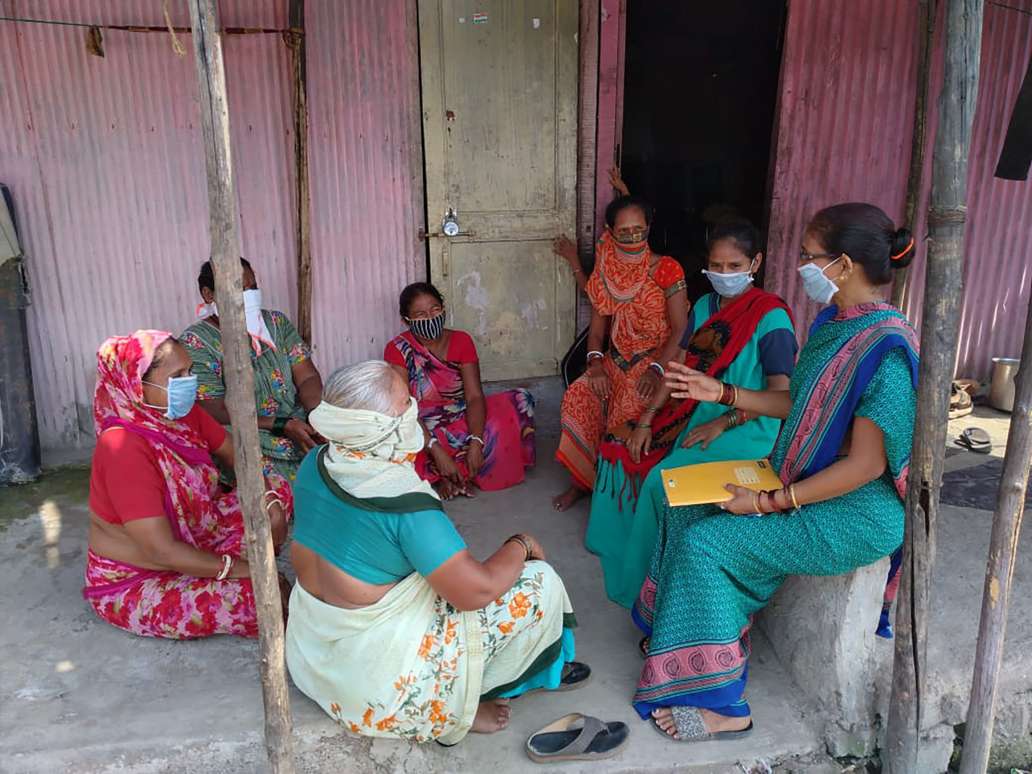
Nonprofits mentioned that partnering with communities has enabled more effective relief, response, and recovery. | Picture courtesy: SNEHA
Depending on factors such as slum characteristics, the COVID-19 response activity, and support from external stakeholders, different models can coexist within and across slums, and different external actors serve, partner with, or enable communities, as appropriate. In the M East ward slums of Mumbai, for instance, the Tata Institute of Social Sciences (TISS) is both partnering with local slum communities for better sanitation facilities and supporting community leaders who are operating their own food supply response. TISS is also serving slum communities in Govandi and Shivaji Nagar with telemedicine and mental health helplines.
Our interviews with community volunteers and leaders, and nonprofit leaders working in the Mumbai slums, showed unequivocally that communities wish to retain or regain their autonomy, and most importantly, their dignity, and self-reliance for survival and development.
Communities wish to retain or regain their autonomy, dignity, and self-reliance for survival and development.
Community coordinators said that they were ‘proud’ of their ability to address the needs of their fellow residents. “Food is, of course, a problem, but residents with savings have stepped forward to feed their neighbours,” said a community volunteer in Shivaji Nagar. In the ‘partners’ and ‘owners’ models, we also see some slum leaders and community collectives take proactive and lead roles in advocating with local government for essential amenities, COVID-19 awareness and behaviour change activities, and delivering some basic services. Nonprofits also mentioned that while the government is the central agency in the COVID-19 health response, partnering with communities has enabled more effective relief, response, and recovery.
We found the ‘owners’ and ‘partners’ models primarily in slums with strong peer-to-peer bonds, community cohesiveness, and social ties—underscoring the importance of social capital for community engagement. SNEHA, YUVA, and the Society for the Promotion of Area Resource Centers (SPARC) have historically focused on forming community collectives, and building their skills and capabilities by training them on such topics as community mobilisation and citizens’ rights. These collectives emerged as strong change-makers during the pandemic, when it became challenging for external parties to enter slums because of mobility restrictions and other lockdown measures.
We hope that these lessons will be instructive to policy and social-sector actors working—or aspiring to work—with slum communities. Empowering and enabling community engagement as the pandemic eases will allow slums to bounce back stronger—and likely lead to more inclusive development centered on communities’ dignity and self-reliance.
—
Know more
- Follow trends and updates on the COVID-19 response in Mumbai on the BMC’s website.
- Explore the World Health Organisation’s community engagement framework, as well as its COVID-19 Strategic Response Plan for the African region, and leading African innovations in the response.
- Learn about peer-driven change (when constituents identify their own goals and lead their own change) and constituent engagement.
- Learn about behaviour change measures and recommendations from NITI Aayog and the Government of India.
Do more
- Connect with the authors, Pritha Venkatachalam and Niloufer Memon if you’d like to learn more about their work.


